Best Used Car, Services, Auto Parts, Rent Car Available for Buy and Sell Near By Go Ahead
- महिंद्रा मिनी ट्रैक्टर - कीमत, मॉडल, और सुविधाएँ
- Swaraj Price 2025: Latest Swaraj Tractor Price List and On-Road Rates in India
- Best Tractors in India 2025: Top 10 Picks for Every Farm Size
- Swaraj 855 FE Tractor Review 2025 Features, Price and Performance Explained
- महाराष्ट्र फार्मर आयडी: ऑनलाइन नोंदणी प्रक्रिया, कागदपत्रे आणि फायदे
- Sonalika Tractor Price 2025 Complete List of Models, Series and Latest Offers
- Swaraj 744 FE Price, Features & On-Road Cost Explained for 2025
- Emerging Trends in Farm Equipment for 2025
- New Holland 3630 TX Super Plus+ Tractor Review 2025: Features, Price and Performance
- 2025 Agricultural Forecast: Key Trends and Predictions for Crop Production in India
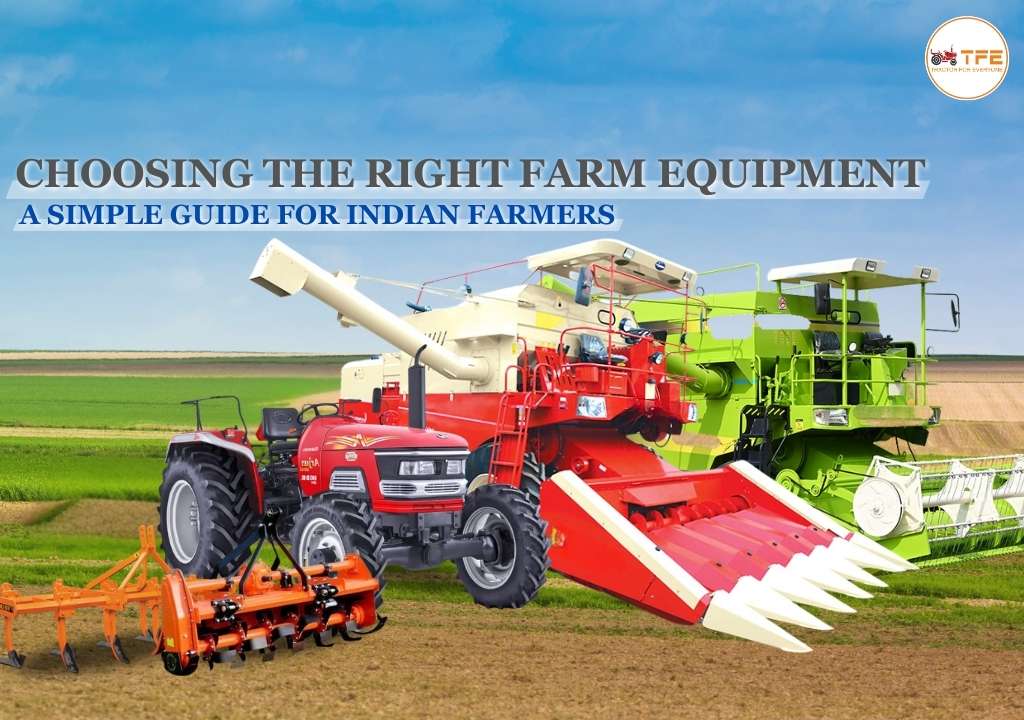
Choosing the Right Farm Equipment: A Simple Guide for Indian Farmers
Farm mechanization is no longer a luxury—it is an essential step for enhancing productivity and efficiency in agriculture. In India, where farming supports a large population, adopting modern farming practices can significantly improve yields and reduce labour costs.
However, selecting the right farm equipment is not a one-size-fits-all process. It requires careful consideration of your farm’s needs, crops, and budget. This guide simplifies the decision-making process by discussing the types of equipment available, tips for choosing the best tools, and current trends in farm mechanization in India.
Why Farm Mechanization Matters
Farm mechanization involves using modern machines to perform agricultural tasks. This reduces the reliance on manual labour, saves time, and increases the precision of farming operations. In India, where farms range from small plots to extensive fields, having the right farm equipment can make a significant difference in profitability and efficiency.
Types of Farm Equipment
Farm equipment can be broadly categorized based on its purpose, such as soil preparation, planting, harvesting, or transportation. Here’s a closer look at some commonly used machines:
1. Tractors
Standard Tractors: These versatile machines can handle tasks like plowing, tilling, and hauling. Models such as the Mahindra 575 DI XP Plus and John Deere 5045D are popular for their durability and fuel efficiency.
Mini Tractors: Ideal for small and marginal farmers, mini tractors like the Mahindra Yuvraj 215 are affordable, compact, and easy to manoeuvre in smaller plots.
2. Harvesters
Combine Harvesters: These machines perform multiple tasks like reaping, threshing, and winnowing in one go. They are especially useful for cereal crops like wheat and rice, saving both time and labour.
3. Plows and Harrows
These tools are essential for soil preparation. Plows turn the soil, while harrows smooth it out, creating the ideal environment for planting.
4. Seeders and Fertilizer Spreaders
Efficient planting and fertilization are crucial for healthy crop growth. Seeders ensure uniform sowing, while fertilizer spreaders distribute nutrients evenly over large areas.
5. Wagons and Trailers
These are indispensable for transporting harvested crops, equipment, and even animal feed.
6. Mowers
Mowers are used to cut grass or hay and are available in different types, such as rotary and brush mowers, to suit various needs.
How to Choose the Right Equipment
Selecting farm equipment is not just about picking the latest or most advanced machines. It’s about finding the tools that best fit your specific needs. Here are key factors to consider:
Type of Crops: The machinery you need depends on the crops you grow. For example, combine harvesters are ideal for cereals like rice and wheat, while specialized seeders work better for vegetables and pulses.
Farm Size: Larger farms benefit from standard tractors and larger machinery that can cover extensive areas quickly. Smaller farms may find mini tractors more economical and suitable for tighter spaces.
Budget: Always consider both the initial purchase price and ongoing operational costs. For instance, mini tractors are not only cheaper to buy but also consume less fuel and require lower maintenance costs.
Terrain: The type of terrain plays a vital role in equipment selection. Compact tractors are more suited for hilly or uneven land, while larger, robust tractors perform well on flat plains.
Government Subsidies: Leverage schemes like the Sub-Mission on Agricultural Mechanization (SMAM), which offers subsidies to make modern equipment affordable for small and marginal farmers.
Also Read: Top 10 Mini Combine Harvesters in India: Benefits Features and Prices
Current Trends in Farm Mechanization in India
Farm mechanization in India is evolving rapidly, with several noteworthy trends shaping the sector:
Record Sales Growth: Tractor sales are breaking records, reflecting a growing demand for efficient and affordable farming equipment. Farmers are increasingly opting for both standard and mini tractors, while second-hand tractors are also gaining traction due to their affordability and value.
Technological Advancements: Innovations such as GPS-guided systems, telematics, and automation are transforming farming operations, enabling precise planting, harvesting, and monitoring.
Sustainable Practices: There is a growing focus on eco-friendly equipment like electric and hybrid tractors, which help reduce carbon emissions and support sustainable farming practices.
Government Support: The Indian government actively promotes farm mechanization through financial assistance programs. These initiatives aim to make modern tools accessible, especially for small-scale farmers.
Precision Farming Technologies
Smart technologies such as IoT devices are being used to monitor soil health, predict weather patterns, and make data-driven decisions. This improves efficiency and minimizes waste.
Practical Tips for Indian Farmers
Here are a few additional tips to help you make informed decisions when choosing farm equipment:
Research Thoroughly: Look into different brands and models to find the one that best fits your requirements.
Test Before Buying: Whenever possible, test the equipment on your farm to ensure it meets your needs.
Check Warranty and After-Sales Service: Ensure the manufacturer or dealer provides a warranty and reliable after-sales support.
Buy Certified Equipment: Always choose certified machines to ensure quality and reliability.
Explore Used Equipment: Second-hand machinery can be a cost-effective option, but inspect it thoroughly to avoid hidden issues.
Conclusion
Choosing the right farm equipment is a crucial step towards improving productivity and profitability in agriculture. By understanding your farm’s unique needs and staying informed about the latest trends and government initiatives, you can make better decisions. Remember, the right tools not only reduce your workload but also help you achieve better yields, making farming a more rewarding endeavour.
Whether you’re a small-scale farmer looking for affordable mini tractors or a large-scale producer exploring advanced technologies, India’s farm mechanization landscape offers something for everyone. With the right knowledge and resources, you can take your farming practices to the next level.
Write a Comment
Popular Blogs View All
-
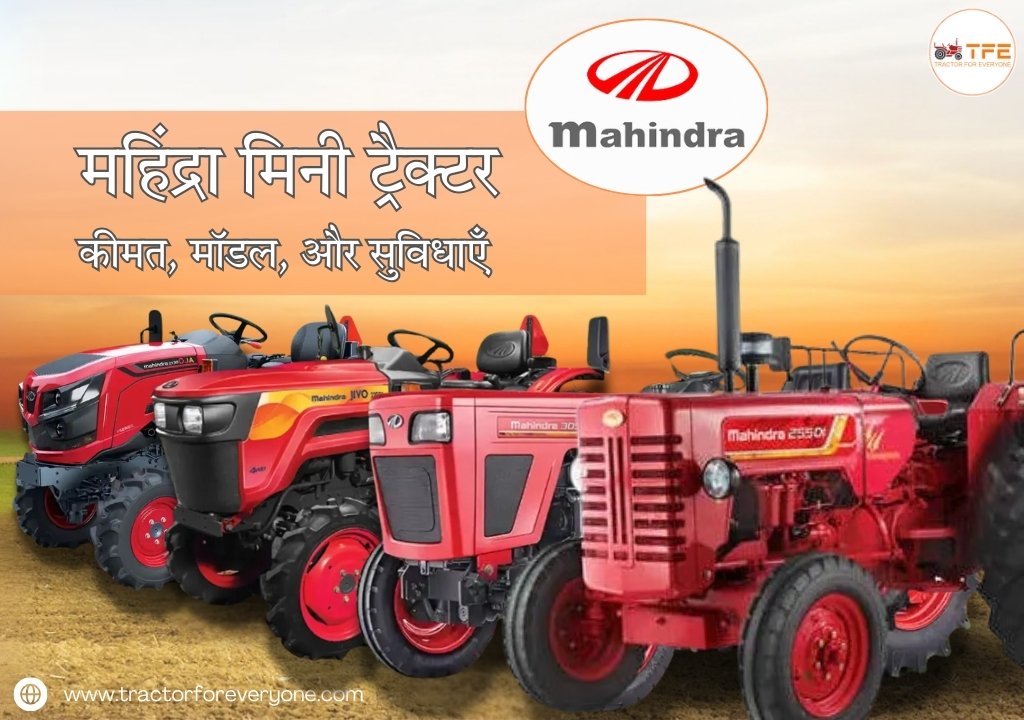
महिंद्रा मिनी ट्रैक्टर - कीमत, मॉडल, और सुविधाएँ
02/18/2025, POSTED BY ADMIN -
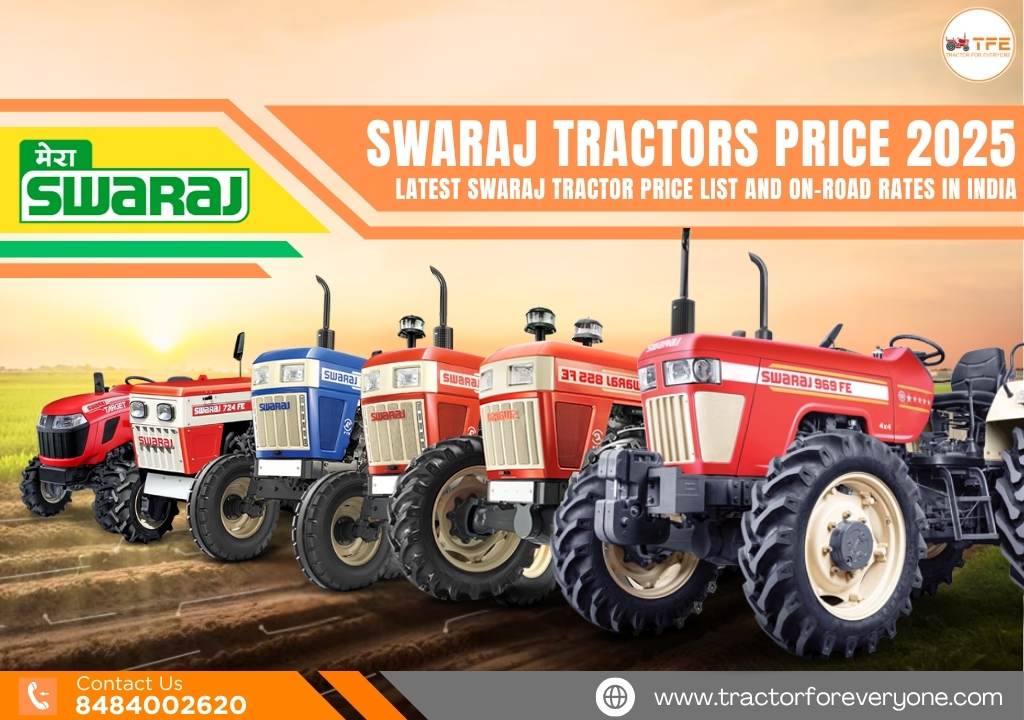
Swaraj Price 2025: Latest Swaraj Tractor Price List and On-Road Rates in India
07/24/2025, POSTED BY ADMIN -
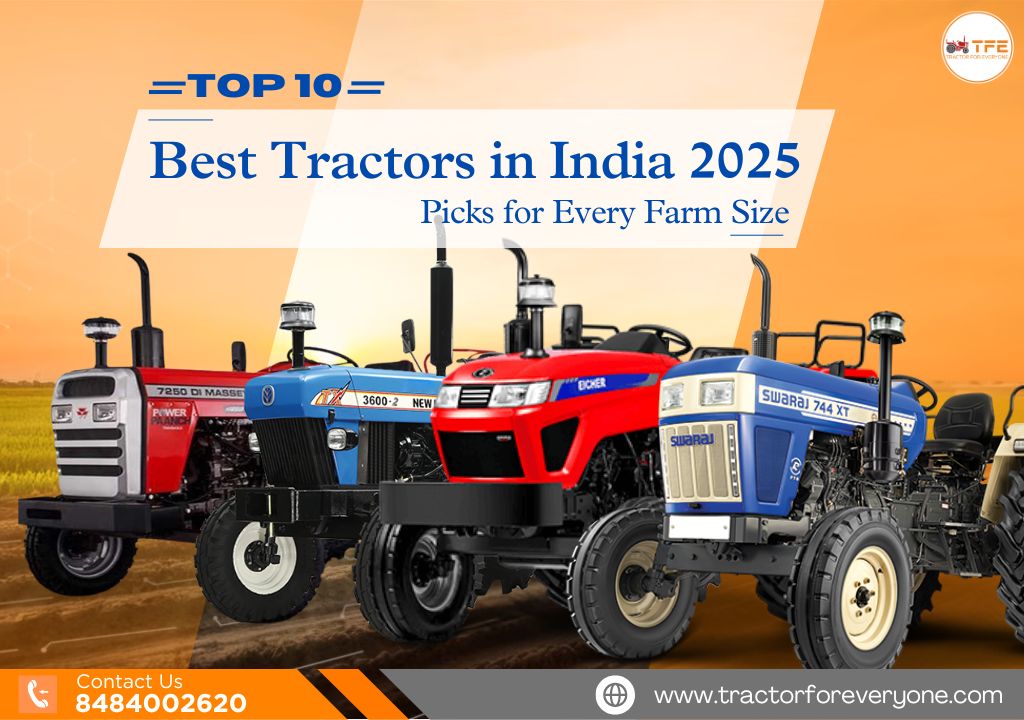
Best Tractors in India 2025: Top 10 Picks for Every Farm Size
05/29/2025, POSTED BY ADMIN
Popular Video View All
-
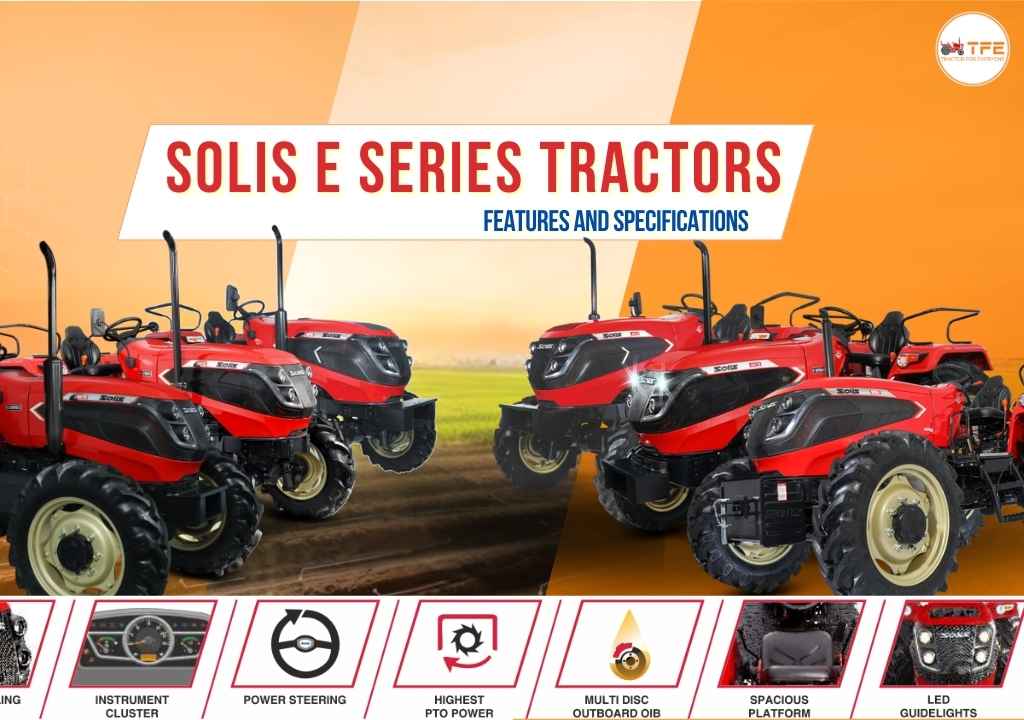
5 Things You Need to Know Before Buying a Solis E Series Tractor
05/17/2025, POSTED BY ADMIN -
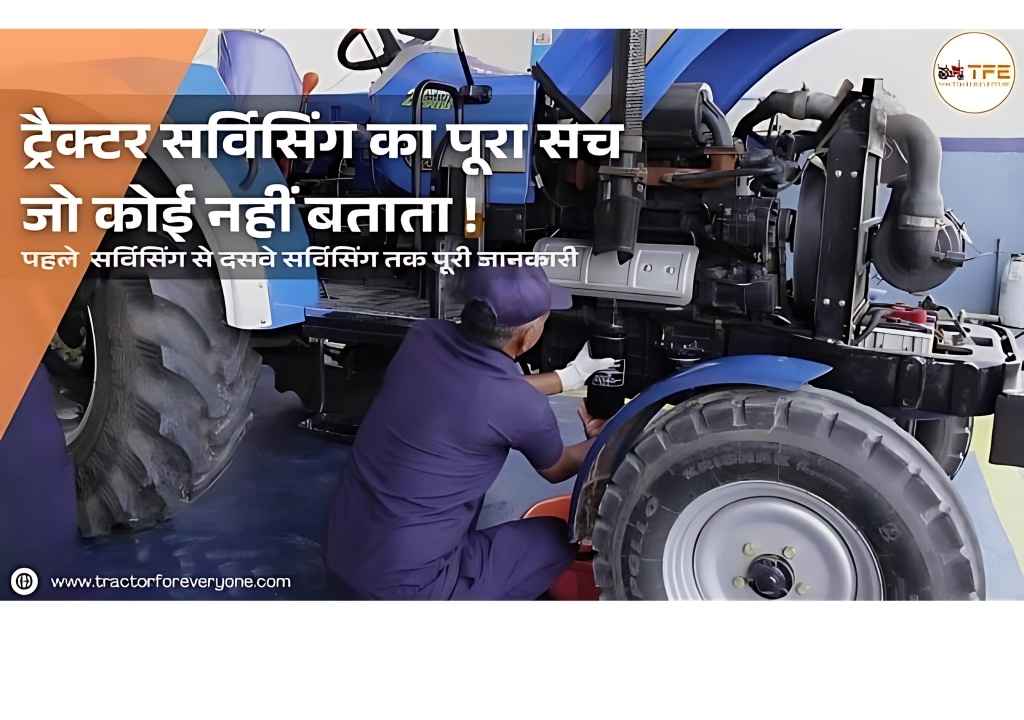
The whole truth about tractor servicing which no one tells!
05/17/2025, POSTED BY ADMIN -
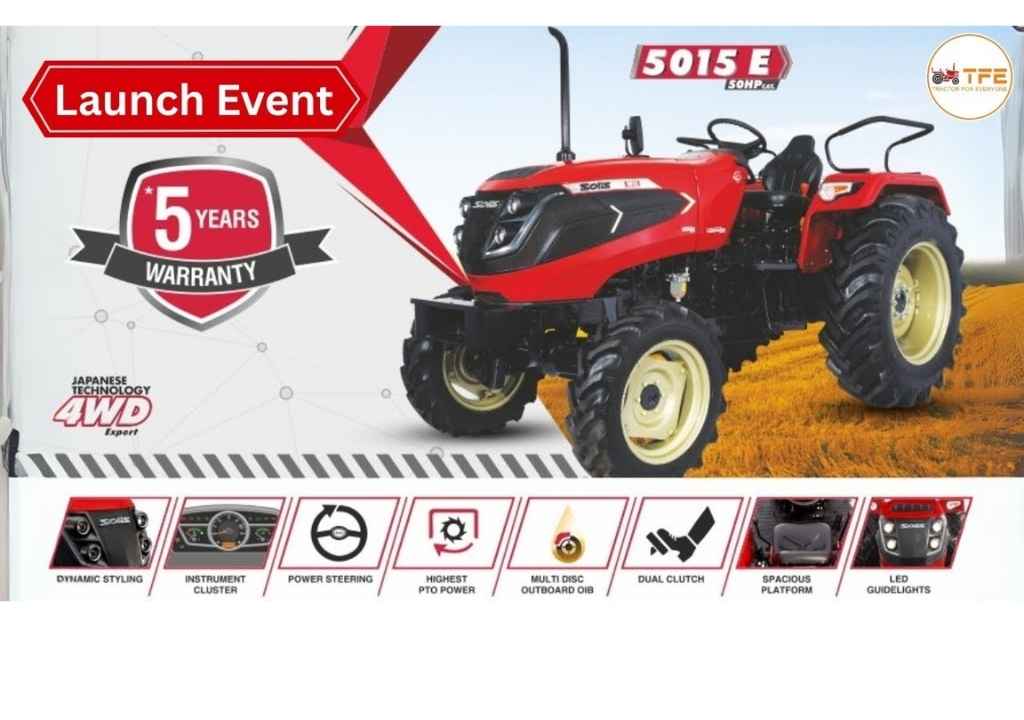
Solis Tractors Live Event | Solis Hybrid 5015 Tractor Launch
05/17/2025, POSTED BY ADMIN

